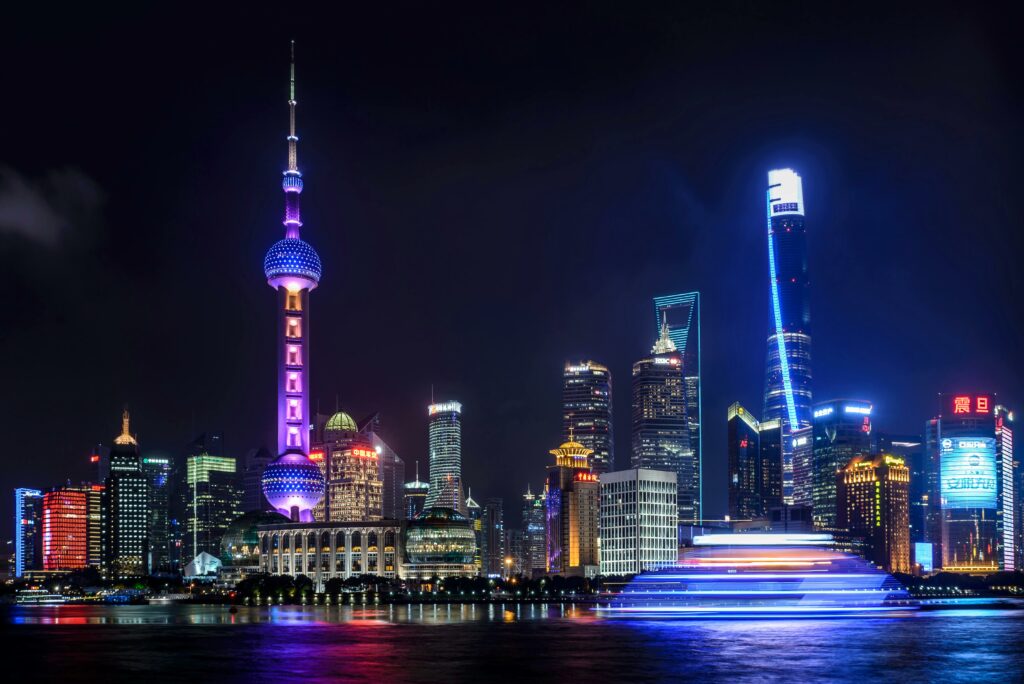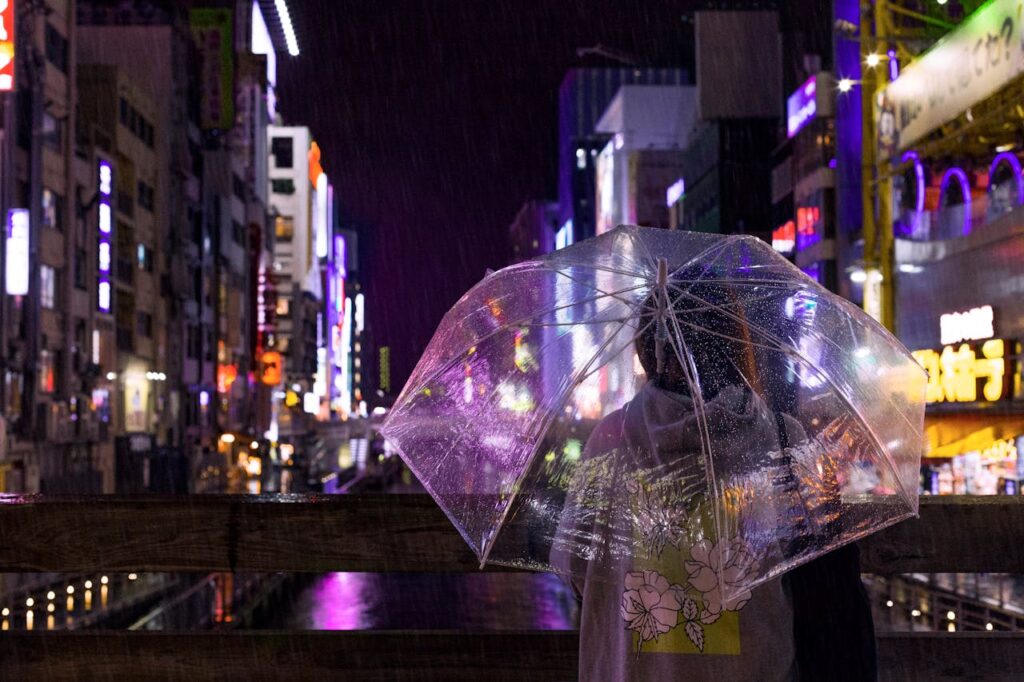Neon signs have long adorned the urban landscapes of cities across the United States, casting their vibrant glow on streets, storefronts, and landmarks. Beyond their luminous appeal, neon signs embody a rich tapestry of artistry, craftsmanship, and cultural significance. This article delves into the world of neon reflections, exploring their history, technological aspects, artistic expression, contemporary relevance, and impact on American culture.
History and Evolution
Neon signs first emerged in the early 20th century as a revolutionary form of illuminated advertising. Developed through advancements in gas-discharge tube technology, neon signs utilize electrified, inert gases to emit radiant light. Their introduction marked a transformative moment in visual communication, captivating audiences with their vivid colors and distinctive glow. In the USA, cities like New York City and Las Vegas became iconic hubs for neon signage, showcasing the artistry and commercial utility of these luminous creations.

Technological Aspects
The creation of neon signs involves a blend of science and craftsmanship. Glass tubes are shaped and filled with a variety of gases—often neon or argon—that emit different colors when electrified. Artisans known as neon benders meticulously heat, bend, and seal these tubes into intricate designs, ranging from simple letters to elaborate artworks. The process requires precision and expertise, with each sign crafted to achieve optimal luminosity and durability.
Artistic Expression
Neon signs transcend their practical function to become potent symbols of artistic expression. Artists and designers leverage the medium’s luminous qualities and vivid palette to create striking visual statements. From retro motifs evoking nostalgia to avant-garde installations pushing creative boundaries, neon signage continues to inspire and captivate with its ability to transform spaces and evoke emotions through light and color.
Contemporary Relevance
In the digital age, neon signs maintain their allure and cultural relevance. Beyond advertising, they are embraced by contemporary artists, businesses, and urban planners seeking to infuse spaces with character and ambiance. Neon art installations feature prominently in public art projects, galleries, and exhibitions across major cities in the USA, reaffirming their status as enduring icons of visual culture.
Cultural Impact
Neon signs have left an indelible mark on American culture, influencing art, architecture, and popular aesthetics. They evoke a sense of nostalgia for bygone eras while simultaneously evolving to reflect modern sensibilities. In cities like Los Angeles, where neon signage is synonymous with Hollywood glamour, or in historic districts of New Orleans and Miami Beach, neon signs contribute to the distinct identity and nighttime allure of these vibrant urban landscapes.
Environmental Considerations and Future Trends
As society becomes more environmentally conscious, the impact of neon signage on energy consumption and sustainability has come under scrutiny. Efforts are underway to develop energy-efficient alternatives and sustainable practices in neon sign production and operation, ensuring their continued presence in a greener future.

Conclusion
In conclusion, neon reflections encapsulate more than just glowing signs—they represent a fusion of artistry, technology, and cultural resonance that continues to captivate and inspire. From their humble beginnings as advertising beacons to becoming iconic symbols of urban identity and artistic expression in the USA, neon signs illuminate our streets and imaginations with their timeless allure. As they evolve alongside technological advancements and societal shifts, neon reflections persist as beacons of creativity and luminous ambassadors of American visual culture.
By exploring their history, technological intricacies, artistic significance, contemporary relevance, and cultural impact, it becomes evident that neon reflections are not mere signs but luminous narratives that enrich the visual tapestry of American cities and communities.